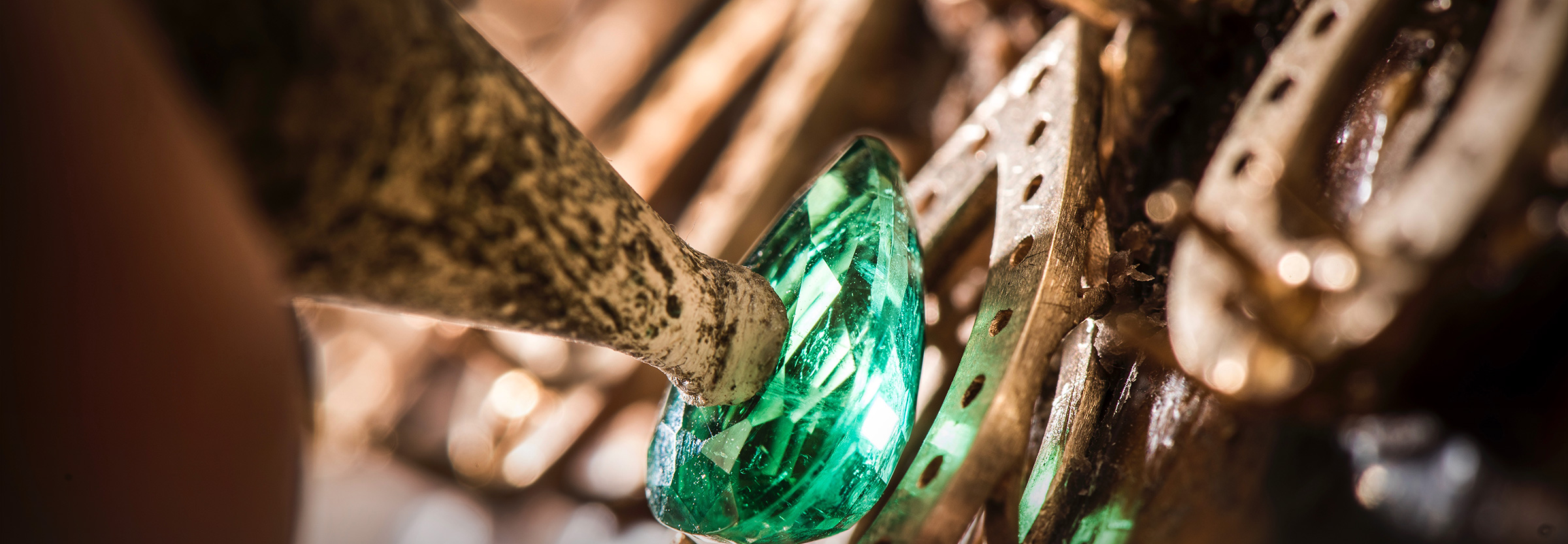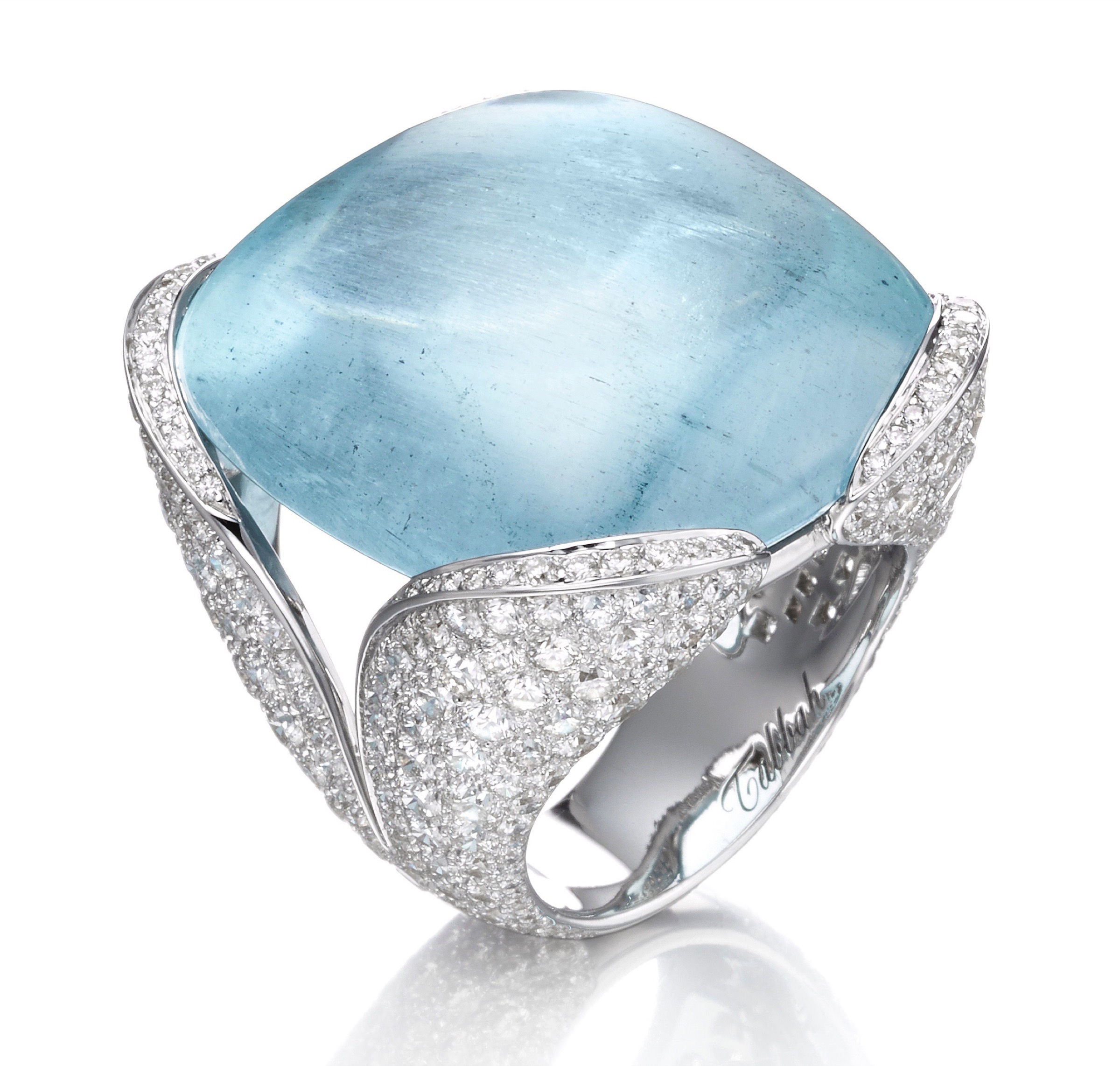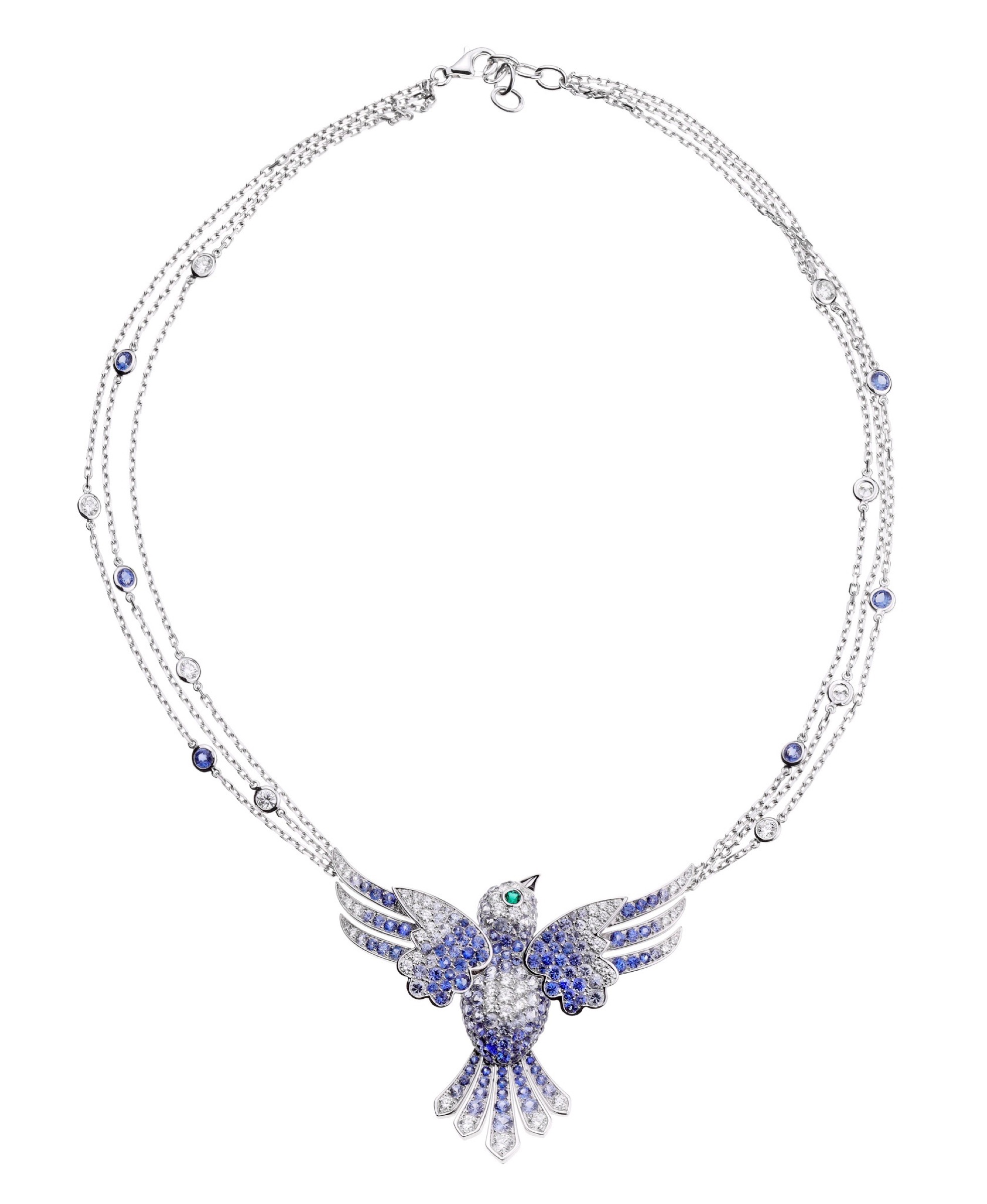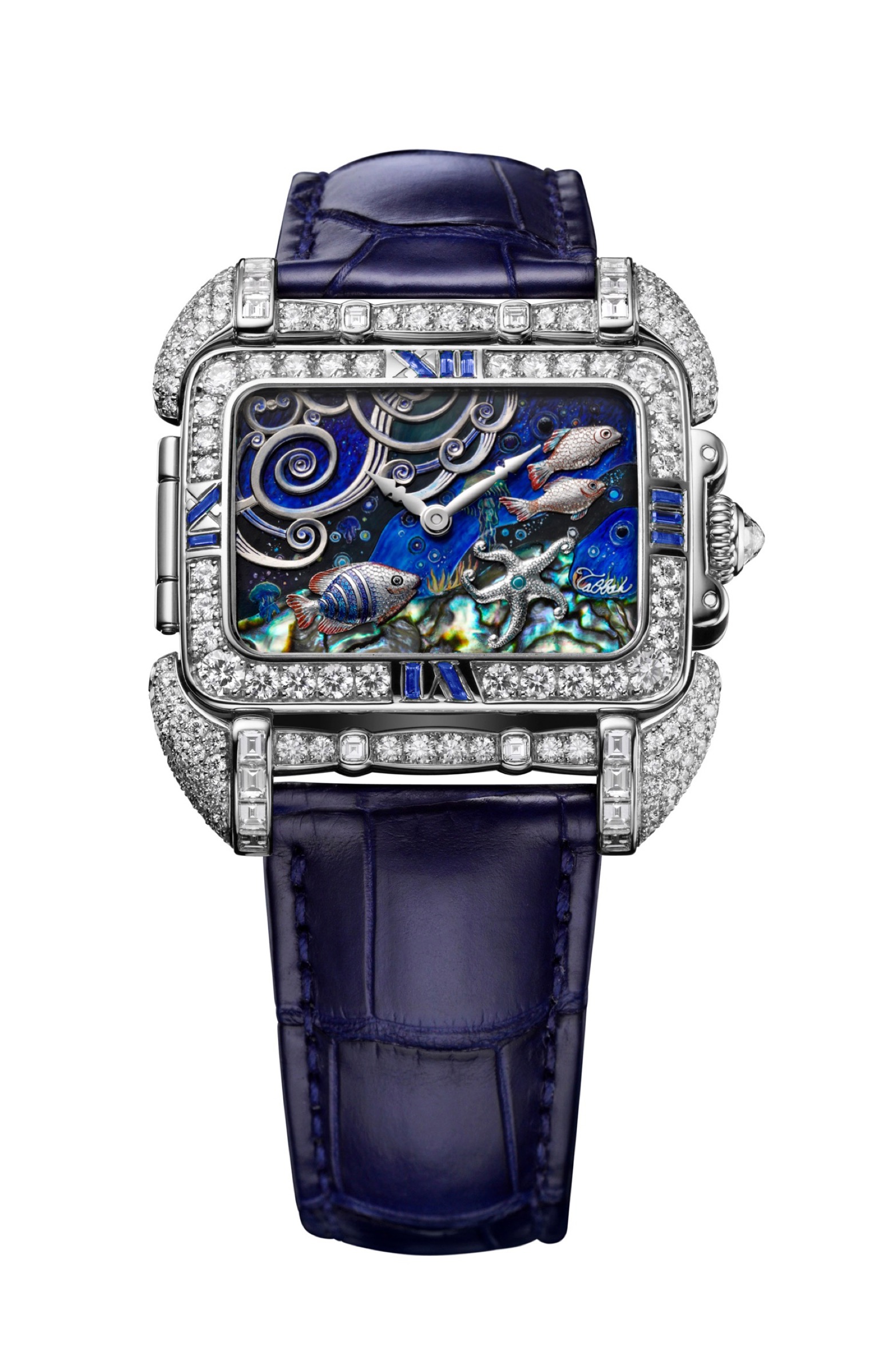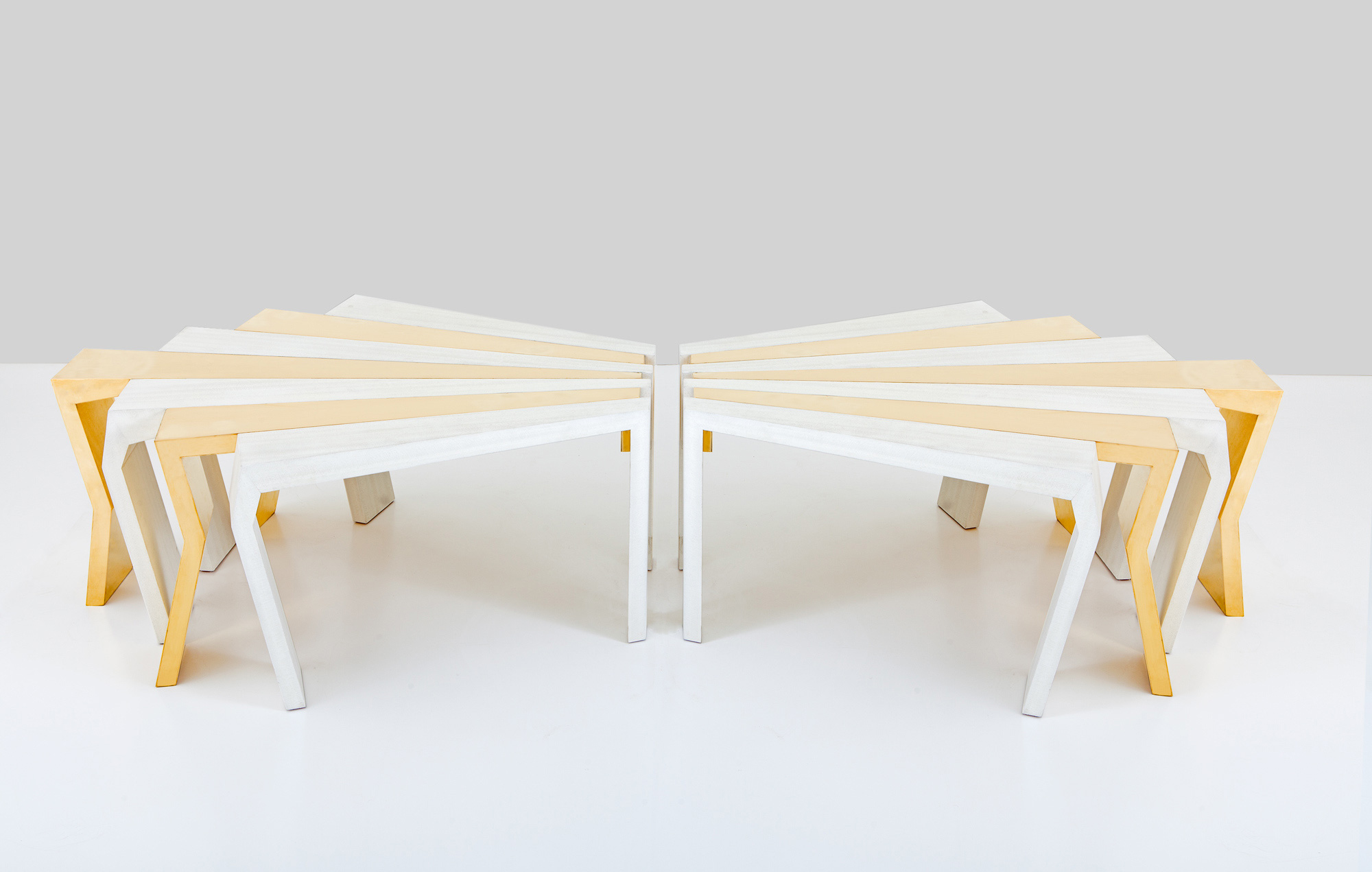Jewelry is my life. I live it passionately every day.
As far as I can remember, I always knew I was part of a family of jewellery craftsmen. The following stories which occurred between the age of five and eight certainly had an impact in shaping my calling.
My first visit to a jewellery workshop was with my grandfather. Every morning, as a routine, he went to the goldsmiths, setters and cutters to check the work. That day, he asked me to do the tour with him. He was giving precise, direct technical instructions to the goldsmiths and I felt they had a tremendous respect for him. During the tour, an elderly man working on a ring moved me. His hands were aged by time and hard years of experience. His fingers were delicate as if he was playing an instrument. I was fascinated. I felt the love.
I visited the workshop occasionally and spent time with the designers. The only place I was not allowed to go to was the foundry. The furnaces, high heat and heavy casting machineries made this area unsafe. One day, without anybody noticing I peeked into the room and witnessed the most astonishing scene: a man wearing a huge face protector was pouring melted gold in a crucible. There was no noise, no scent, just the bright yellow, orange gold pouring like water. An indelible feeling of tranquillity emerged from that experience.
When I was about to get married, I wanted to design something very personal for my wife, although we had beautiful creations. This is when I found myself creating something that was never done before to reflect the message that I wanted to convey, which was love.
You always stem from somewhere. Our archives include more than ten thousand designs and you can imagine how inspiring this is once you start delving into them.
The way women wear their jewelry changed over the decades but the themes are always there: the serpent, the flowers, the birds, the nature even geometrical shapes. My personal touch is to revive them and to tell a story through them. In this process of revival, I discover myself. So, I add my personal touch to it and make it my own by ensuring that all of your senses will be awakened if you look at it.
In fact, when you first look at the piece, it has to be appealing; it has to talk to you. Then you will start discovering it by contemplating its details that make it unique and touching them. Thus, the first touch is very important as it allows you to feel the sensuality of the piece.
In the case of the Divine Serpent, I have created marquise-shaped eyes in precious stones, to humanize it. I’m actually inspired a great deal by the woman’s body which is probably the most beautiful inspiration. When you look at our serpent, it’s as if you were looking at a woman. This is my personal touch: to humanize the jewelry and make it relatable.

It’s my own journey, in terms of where I grew up and the education that I have received. You might think that if someone is born into a family of jewelers, they have to continue their ancestors’ path. But it doesn’t work that way, because it depends a lot on the person. If I were to repeat the same designs that my grandfather and my father did — and which were very successful at the time — I wouldn’t be creating anything of my own. My journey, education and personal history are all reflected in what I create.
You can clearly differentiate between the works of our three generations: my grandfather, my father and I. Our designs are very different, yet you can notice that they come from the same family. The Tabbah DNA is always there.
I will share with you an extraordinary experience. In 2010, I designed the Daisy Love ring, shaped as a daisy with a unique feature: its petals move. So, I was really getting into the details of the petals’ movement and the “she loves me, she loves me not” game. The ring had a tremendous success because it’s very feminine and at the same time, it is playful and innocent.

One day, I was looking at our archives and I saw one of my grandfather’s designs and I couldn’t believe it! He did not design a daisy but rather a flower whose petals were exactly the same. I called everyone saying that this is incredible, extraordinary! I actually redesigned a detail that existed 50 years ago, without knowing it.
Beirut is, simply, a very inspirational city. It’s full of paradoxes, of life and of people who can put you in a mood to create.
Beirut citizens send you a lot of energy. Ladies are amazing here! Beauty is a serious concern as women always strive to look beautiful. As a designer, you want to give them your best because they are looking their best.
I love the city because of its people.

Absolutely! This is our birthplace. Tabbah means printer and in the history of international jewelry houses, the story from silk printing to engraving to goldsmithing and finally jewelry, is unique. It is Tabbah’s legitimacy!
In terms of workmanship, it is our duty to keep it in Lebanon not only because it is our birthplace, but also because our team understands the spirit and the philosophy of Tabbah. The quality, the craftsmanship, the understanding and the uniqueness are all embedded in them. In fact, some of our people have been with us for more than 40 years. They have worked with my grandfather, my father and myself.
It is not a conscious choice, but it is rather affected by the geography of our country, as we are the first country when you are heading from the West to the East. So the Lebanese always have an eye on the West and another on the East.
Genetically and geographically speaking, Lebanese are unique individuals. We see the West and we dream of its refinement and elegance. We try to understand it and add our Oriental generosity. Tabbah’s pieces reflect both worlds. It is the elegance of the Parisian ladies encountering the Oriental civilization. This is who we are.
Transforming jewelry dreams into reality is Tabbah’s raison d’être. It always starts with a dream and ends with a unique piece, which will forever tell the client’s story. A bespoke Tabbah piece is only successful if it reflects the client’s personality so if someone else wears it, it does not fit them.

Just like a haute couture dress, each bespoke piece corresponds to a particular client.
I can tell you the story of Infinite Cascade, the famous necklace Charlene De Monaco wore on her wedding day. Her love for the sea inspired me immediately and I designed waves of tranquility made of diamonds and pearls.
Clients will not voice their emotions, they will transmit them to me through their expression, gestures, words... This is not a process that you can learn but a natural thing that you can feel. While conversing and discovering their wishes, at an unexpected moment, you feel their emotions and you start sketching.
All of these collections are inspired from the Woman - from Eve, the ultimate woman, the woman who does not exist and who assembles all women. What I design addresses all women, as I don’t have one woman in mind but rather all women.
A woman resembles a diamond with its 58 facets. Each creation reflects one of these facets, one of the woman’s emotions. That is why my collections are varied.
I also like to tell stories through my creations. The Garden of Eden, Daisy Love, Beret, Whisper all have their own stories that people can relate to.
Interview recorded on November 30, 2016 in the Tabbah Headquarters in Beirut.
